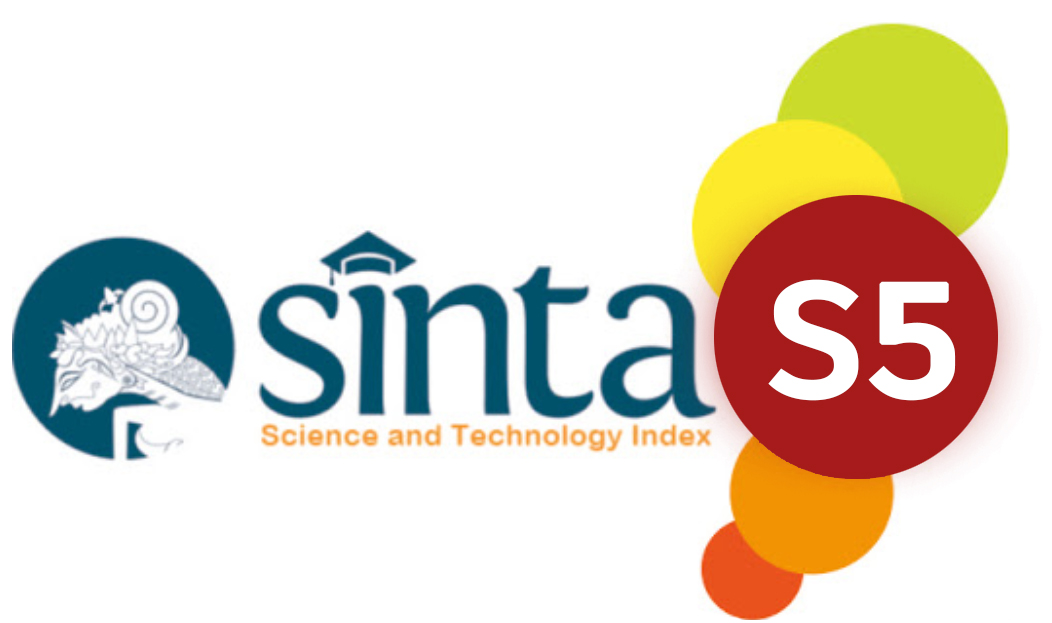ANALISIS PENERAPAN ACTIVITY BASED COSTING SYSTEM DALAM MENENTUKAN HARGA POKOK PENJUALAN FOOD & BEVERAGE HOTEL BUMI SEGAH BERAU
DOI:
https://doi.org/10.54526/jes.v6i2.70Keywords:
Activity, Based Costing System.Abstract
This research is a qualitative descriptive research conducted at PT Bumi Segah Lestari. This research has
three main objectives. First, it aims to determine the calculation of the cost of production using the traditional
method used by the company. Second, to find out the calculation of the Cost of Production using the ActivityBased Costing System. Third, to find out the difference in the cost of production in the company using the
traditional method and the Activity-Based Costing System.
The data collection method used in this research is documentation. The object of research in this study is data
related to the determination of the cost of production.
Cost of Production with the traditional method obtained results for Chinese is Rp. 47,900.00 and for Whesternt
is Rp. 67.99.00 while for Beverage is Rp. 29,800.00. Cost of Production using Activity-Based Costing System,
the cost of production for Chinese is Rp. 60,457.00, for Whesternt is Rp. 65,522.00 and for Beveraga is Rp.
34,774.00.
The results showed that the Activity-Based Costing System when compared with the traditional method gave
greater results except for Whesternt. The difference that occurs is due to the imposition of overhead costs on
each product. In the traditional method, the overhead costs for each product are only charged to one cost
driver, namely the number of production units. In the Activity-Based Costing System, overhead costs for each
product are assigned to several cost drivers so that the Activity-Based Costing System is able to allocate
activity costs to each product appropriately based on the consumption of each activity.














